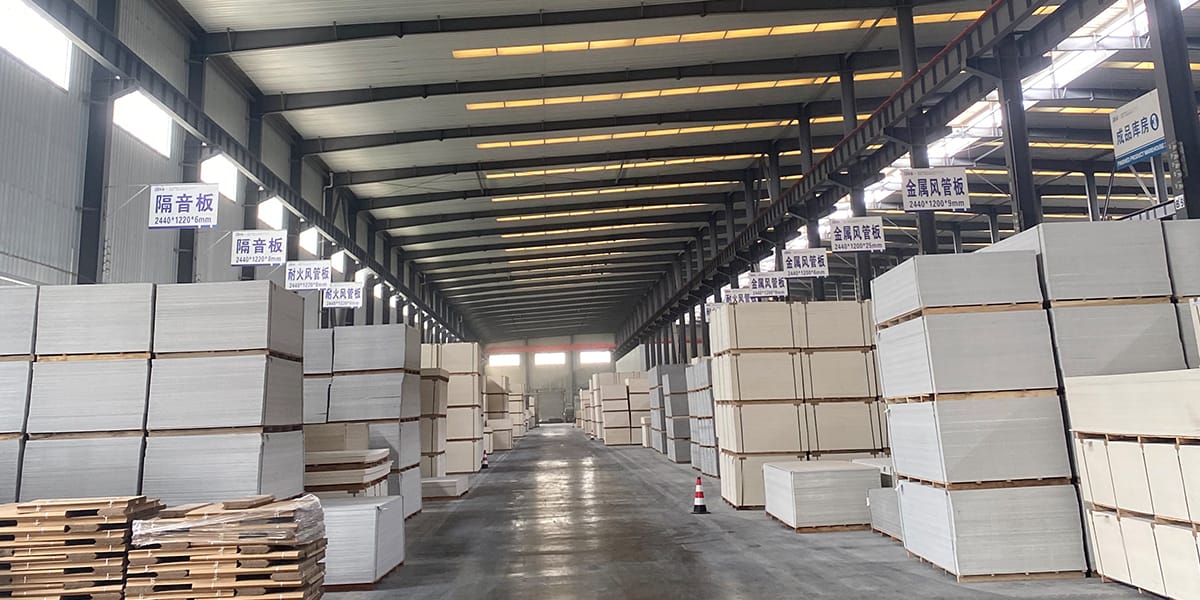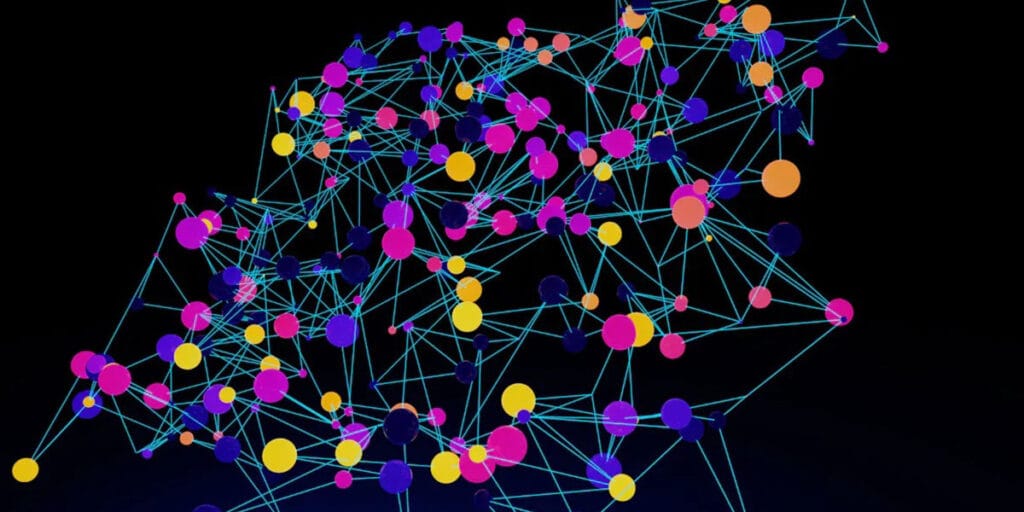
30 Jun Unveiling the Crystal Structure of Magnesium Sulfate Board 517 Phase
Table of Contents
Magnesium sulfate board 517 is a new building material that features a unique magnesium sulfate board 517 crystal structure. This material is strong and eco-friendly, making it a better choice for the planet. People are increasingly using it instead of older building materials because it lasts longer.
The crystal structure of magnesium sulfate board 517 plays a crucial role in its performance over time. It significantly affects how well the board functions. Scientists have discovered that water movement within the magnesium sulfate board 517 crystal structure alters its strength. Additionally, the release of heat and water also impacts the toughness of the board, enabling it to perform effectively in various situations.
Key Takeaways
Magnesium sulfate board 517 is tough and good for the environment. It works well for green building projects.
Its special needle-shaped crystals make it strong and long-lasting. These crystals help stop cracks and handle weight easily.
Additives like metakaolin make the board better. They create stronger crystals and help keep water out.
This board stays solid and lasts longer than regular materials like Portland cement. It’s great for many building uses.
Using these boards helps the planet by cutting carbon emissions and encouraging recycling.
Chemical Composition of Magnesium Sulfate Board 517 Phase
Key Components and Their Roles
The magnesium sulfate board 517 phase is made from specific chemicals. These include magnesium oxide (MgO), magnesium sulfate (MgSO₄), and water (H₂O). Together, they form the 5·1·7 phase, which is strong and eco-friendly.
Scientists found that the amounts of these chemicals affect the board’s strength. For example:
Adding more MgO compared to MgSO₄ increases strength at first.
If the ratio goes beyond a certain limit, strength drops.
This balance keeps the board tough and able to handle stress.
Heat also changes the board’s structure. Below 200°C, thin, short shapes form and fill cracks. This makes the board very strong, with compressive strengths over 150 MPa.
Tip: Knowing the chemical mix helps predict how the board works in different situations.
Influence of Additives Like Metakaolin
Additives like metakaolin improve how the magnesium sulfate board 517 phase performs. Metakaolin changes the way water reacts, creating new needle-like shapes like 5Mg(OH)₂·MgSO₄·7H₂O.
Tests show metakaolin’s benefits:
Study | Findings | Effect on 517 Phase |
|---|---|---|
Wu et al. | Stronger and better water resistance | |
Runcevski et al. | Studied phase changes | Different hydration products than regular MOS cement |
Li et al. | Tested acids like phosphoric and citric | Citric acid made stronger, denser structures |
Qin et al. | Looked at weak acids | Whisker-shaped crystals improved board properties |
These studies show how metakaolin makes the board tougher and better built.
Comparison with Magnesium Sulphoaluminate Cement
The magnesium sulfate board 517 phase is not the same as magnesium sulphoaluminate cement. Their chemical makeup gives them different strengths.
Phase | Solubility (g/100g water) | Comparison to 3·1·8 Phase | Comparison to 5·1·8 Phase |
|---|---|---|---|
5·1·7 Phase | 0.034 | 1/1241 | 1/2359 |
3·1·8 Phase | Higher | 1 | N/A |
5·1·8 Phase | Higher | N/A | 1 |
The 5·1·7 phase dissolves less in water than other phases. This makes it more stable and less likely to break down. Its stability helps it work well in eco-friendly building projects.
Knowing these differences helps you pick the right material for your project.
Magnesium Sulfate Board 517 Crystal Structure

Special Traits of the 517 Phase
The magnesium sulfate board 517 has needle-like crystals. These crystals form when water reacts with the material. They make the board strong and tough for building use. Unlike flat crystals in other phases, these needles lock together tightly. This locked structure boosts the board’s durability and strength.
Studies show the 517 phase forms best with the right mix. The ratio of magnesium oxide (MgO) to magnesium sulfate (MgSO₄) must be balanced. Too much water can upset this balance and weaken the board. Careful control of water is key to making the board strong.
How It Differs from Other Phases
The 517 phase is very different from phases like 318 and 115. Phase 318 changes easily and becomes phase 115 before turning into 517. This makes 318 less useful for long-term projects. The 517 phase stays stable and strong because of its needle-like crystals.
Tests show the 517 phase handles stress better than phase 318. Its needle-like structure is stronger than the flaky crystals of 318. The 517 phase also dissolves less in water, making it last longer in tough conditions.
Why Crystal Structure Matters
The crystal structure of the 517 phase affects how the board works. The needle-like crystals make the board resist cracks and handle pressure well. This makes it better than older materials like Portland cement.
Tests prove the 517 phase improves magnesium oxysulfate cement’s strength. Additives like silica fume help the board resist heat over 200°C. Metakaolin also helps grow more 517 crystals, making the board denser and tougher.
The 517 phase not only makes the board strong but also eco-friendly. Its stability and durability make it a great choice for modern building projects.
Hydration Process of the 517 Phase

Chemical Reactions and Formation of Needle-Like Structures
Water reacts with magnesium oxide and magnesium sulfate in the 517 phase. This reaction creates a special product called 5 Mg(OH)₂·MgSO₄·7H₂O. It has needle-like shapes that make the board strong. These needles help the board resist pressure and last longer.
Adding sepiolite improves how the board hydrates. Sepiolite changes ions early in the reaction, helping needles grow. These needles lock together tightly, making the board tough and crack-resistant.
Temperature also affects hydration. At room temperature, the 517 phase forms better crystals. Additives like EDTA improve the board’s structure and strength. Learning about these reactions shows why the 517 phase is so durable.
Role of Molar Ratios in Hydration
The amount of magnesium oxide compared to magnesium sulfate is important. It decides what hydration products form and how strong they are. For the 517 phase, the right balance is key.
Before soaking in calcium chloride, the Mg²⁺ to SO₄²⁻ ratio is about 6. After 28 days, it drops to 1 because ions change. Keeping this balance helps the board stay strong. The 517 phase dissolves very little, making it stable and long-lasting.
Tests show that when the MgO/MgSO₄·7H₂O ratio is below 5, only the weaker 3·1·8 phase forms. Raising the ratio to 5 creates the stronger 517 phase. Managing these ratios makes better boards for building projects.
Dehydration and Its Effects on Material Properties
When the 517 phase loses water, its strength decreases. This happens at high temperatures, where hydration products break down.
Dehydration weakens the needle-like shapes, but metakaolin helps. Metakaolin creates new hydration phases, keeping the board strong. It shows why metakaolin is useful for improving the board’s durability.
By controlling dehydration, the board stays tough in different conditions. This makes it reliable for many building uses.
Practical Applications and Advantages
Use in Sustainable Construction
Magnesium sulfate board 517 phase is great for eco-friendly building. Its special features make it perfect for green construction. Unlike older materials, its structure stays strong against tough weather. Research shows these boards keep their strength even in hard conditions, making them last longer.
The basic magnesium sulfate cement in these boards helps cut carbon emissions. Tests show carbonization affects magnesium oxysulfate cement’s strength, but the 517 phase reduces this problem. By curing the boards properly, you can make them work even better for greener projects.
Advantages Over Traditional Building Materials
Magnesium sulfate board 517 phase is better than older materials like Portland cement. Here’s why:
Higher Strength: These boards are 2.5 times stronger than Portland cement of the same grade. They can handle more weight without breaking.
Improved Durability: The 517 phase dissolves very little in water, so the boards last longer, even in wet places.
Eco-Friendly Composition: The basic magnesium sulfate cement formula is better for the environment than traditional materials.
These features make magnesium sulfate boards a top choice for modern buildings.
Note: These boards are very strong, making them great for both building structures and decorations.
Contribution to Eco-Friendly and Durable Structures
Magnesium sulfate board 517 phase helps build strong and eco-friendly structures. Its high strength and water resistance make it useful for many things:
Building materials for homes and offices.
Insulated walls and roofs for saving energy.
Guardrails and designs for city projects.
Quick fixes for airport runways and sea projects.
The board’s structure keeps it strong over time. It can replace wood in packaging and building, helping save trees. Using these boards supports recycling and reduces deforestation.
Tip: Adding magnesium sulfate boards to your projects makes them stronger and supports global eco-friendly goals.
The magnesium sulfate board 517 phase is special because of its chemical makeup, crystal structure, and how it reacts with water. Magnesium oxide, magnesium sulfate, and water combine to create strong needle-like crystals. These crystals help the board resist breaking and cracking. Additives like metakaolin and sepiolite make the board tougher and more dependable. Studies show that these chemicals improve how the board forms and works.
This board is great for building projects. Its formula is eco-friendly and stays strong over time. Compared to magnesium sulphoaluminate cement, the 517 phase lasts longer and handles water better. Scientists could study new additives and methods to make it even stronger. This could lead to better and greener building materials in the future.
FAQ
What makes phase 517 special compared to others?
Phase 517 has needle-like crystals that make it strong. These crystals help it last longer and stay stable. It dissolves less in water, so it works well over time.
How does metakaolin help phase 517 work better?
Metakaolin changes how water reacts, making stronger needle crystals. These crystals make the board tougher and stop cracks. Adding metakaolin also makes the board more eco-friendly.
Can phase 517 handle high heat?
Yes, phase 517 works well in high heat. Metakaolin improves its heat resistance even more. This makes it great for walls or roofs needing heat protection.
Why is phase 517 good for the environment?
Phase 517 uses magnesium sulfate cement, which lowers carbon emissions. Its long-lasting strength means fewer replacements, helping the planet.
How do molar ratios affect phase 517?
The mix of magnesium oxide and magnesium sulfate is important. The right balance makes strong needle crystals. Changing the mix can improve how the material works.
